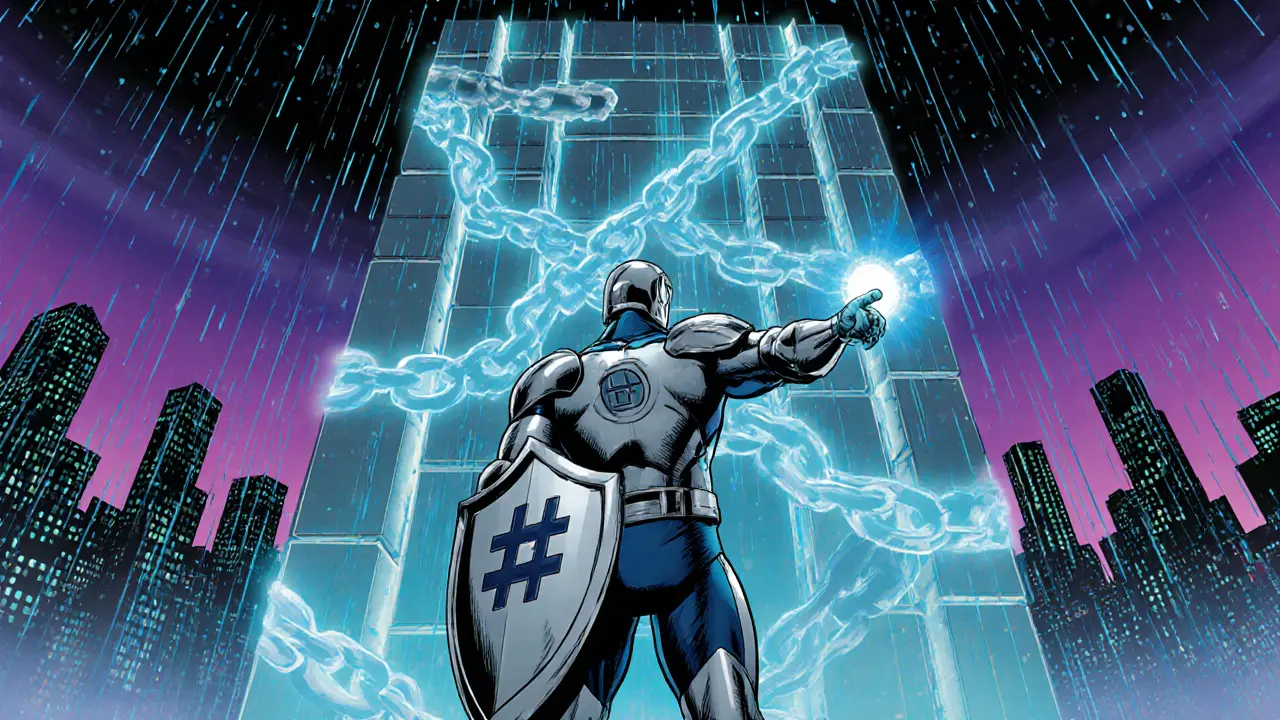When talking about hash collision, a situation where two different inputs produce the same hash output, it’s easy to think of abstract math. In reality, a hash collision is a concrete security failure that can break the trust model of any system that depends on unique digests. Also known as a digest clash, it directly challenges the collision resistance, the property that makes it computationally infeasible to find two inputs with identical hashes of a cryptographic hash function. If collision resistance breaks, the whole chain of trust—from digital signatures to Merkle proofs—can crumble.
Every blockchain leans on cryptographic hash functions, algorithms like SHA‑256 that map data of any size to a fixed‑length string to lock blocks together. The central idea is simple: a block’s header includes the hash of the previous block, so any tampering would change that hash and break the chain. This reliance means hash collision directly influences blockchain security, the overall ability of a distributed ledger to resist fraud and alteration. When a collision occurs, an attacker could craft two different transaction sets that share the same hash, potentially inserting fraudulent data without alerting nodes. The same risk shows up in Merkle trees, data structures that hash children nodes to produce a single root hash used for quick verification. A broken Merkle proof can let bad actors hide malicious transactions inside a block.
Beyond the technical layer, hash collisions ripple through practical crypto activities. Airdrop scams often use fake token contracts that exploit weak hash functions to disguise malicious code, a tactic highlighted in several DexBand articles about token drops. Privacy‑focused coins like Monero rely on strong hash functions to hide transaction amounts; a collision could erode that anonymity. Restaking protocols such as EigenLayer, which amplify Ethereum security, also assume collision‑free hashes when bundling attestations. Even simple investment techniques like Bitcoin DCA (dollar‑cost averaging) depend on reliable price feeds secured by hash‑based signatures—any collision could feed wrong data into trading bots. In short, hash collisions are not just a theoretical glitch; they affect exchange reviews, licensing guides, and the broader fight between privacy tech and surveillance tools covered across the site.
Below you’ll find a curated set of articles that dive into modular blockchain architecture, privacy vs. surveillance, exchange security, and more—each shedding light on how hash collisions shape the crypto landscape and what you can do to stay safe.

Learn what a hash collision is, why it jeopardizes blockchain security, and how modern chains protect against it. Includes real attacks, mitigation tips, and future quantum‑resistance outlook.